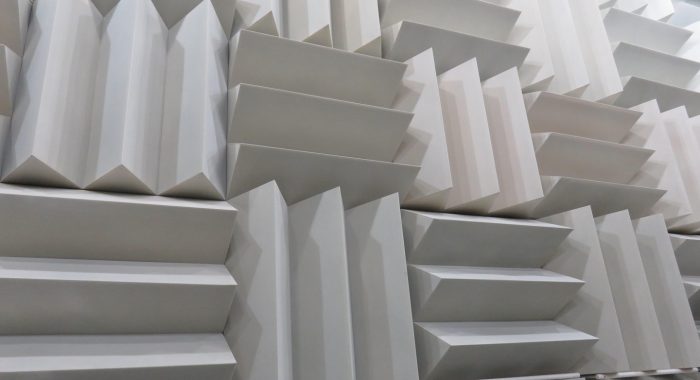Stiffness and Natural Frequency

Following up on Part 1 of our Designing a Vibration Isolation Solution video series, Part 2 covers the topics of stiffness (or “spring rate”) and natural frequency.
As explained by Pete Masterson, Senior Applications Engineer for E-A-R™, spring rate is the amount of backforce exhibited by an isolator while under deflection. This is determined by both the corrected modulus of the material and the design of the isolator. Basic equations may be used for simple designs. However, complex isolator designs often require the use of FEA (Finite Element Analysis).
At this point in the design process, a few variables have been calculated. To recap:
- The target frequency (or frequencies) and operating temperature(s) to obtain one or more material modulus values
- The shape factor of an isolator’s design
- A corrected modulus, utilizing #1 and #2
- Spring rate, determined by #3 and the isolator’s overall design
Once you have arrived at the spring rate, the natural frequency of the system can be determined. The natural frequency is a very important attribute to know when designing a vibration isolation solution because it is at this frequency that the energy input into the system is amplified, otherwise known as resonance.
The primary goal of an isolator is to ensure that the target frequencies are in the “isolation region” of a transmissibility curve, and by utilizing a highly damped material, that any amplification at the natural frequency is minimized. Part 3 of this video series will explore the concept and effect of transmissibility in an electronic system.





